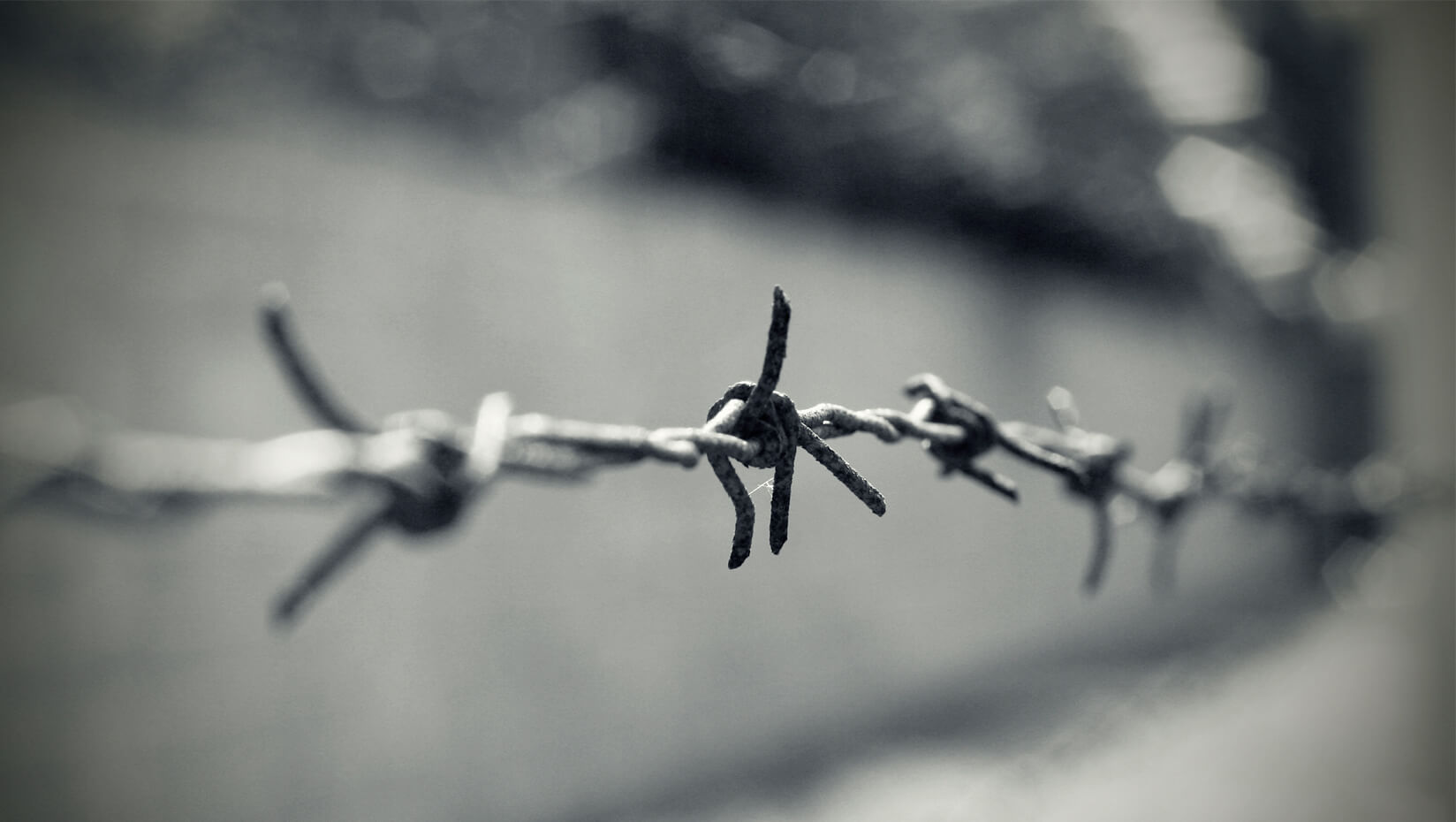
UMaine digital humanities research on the Holocaust receives NEH grant
A University of Maine-led digital humanities research project to study and, ultimately, “map” how Holocaust survivors use spatial terms to describe their experiences has been awarded a more than $73,000 grant from the National Endowment for the Humanities.
UMaine Professor of History Anne Knowles was awarded the NEH Digital Humanities Start-Up Grant for the project, “Visualizing Spatial Experience in the Holocaust.” It was one of three NEH grants awarded in Maine, part of the $21.1 million in new NEH grants for 248 projects focused on research, education, preservation and public programs in the humanities.
Spatiality refers to experiences, both lived and imagined, that are embedded in space and time. In the Holocaust, two kinds of spatiality operated simultaneously — the spatiality of Nazis and of their victims. The Nazis created and destroyed many places in order to carry out the Holocaust. Their victims also shaped places to the extent they could. Both groups experienced the places of the Holocaust and endowed them with meaning, significance and emotion.
“Maintaining the complexity of these spatial perspectives is essential to a full understanding of the geographies of the Holocaust,” said the seven-member research team in its proposal. “Our long-term goal is to develop historical-geographical methods to visualize, analyze and integrate the complex spatial interactions between and among perpetrators and victims of the Holocaust, including built, planned and experiential landscapes.”
Knowles is considered a pioneer in applying GIS to history. She has edited several books on historical GIS, including “Geographies of the Holocaust” in 2014, and is an internationally recognized leader in the digital and spatial humanities. Her many awards include a 2012 American Ingenuity Award for Historical Scholarship from Smithsonian Magazine and a 2015 Guggenheim Fellowship.
In her digital humanities research, Knowles has studied the spatiality of Nazi plans and actions by building historical geographic information system (GIS) data sets of concentration and labor camps, creating new mappings of the spatial implementation of the Holocaust.
In the new project, Knowles and her research team will develop a new hybrid methodology to study the spatial, experiential content of survivor testimony in video interviews and transcripts. The project will employ computational linguistics and natural language processing techniques to study testimonies from the University of Southern California’’s Shoah Foundation Center collection and other archival sources.
“We want to push the boundaries of spatial textual analysis to capture not just topographical references such as place names, but topological references to important places, spaces and spatial relationships that cannot be expressed as proper nouns, such as ‘home,’ ‘in the barracks,’ ‘by the road.’ This will contribute an important new dimension to spatial understanding, not just of the Holocaust, but of the phenomenology of experience,” the researchers noted in their proposal.
This project could be a first step toward development a methodology to enable close, comprehensive analysis of the spatialities of human experience at the scale of significant historical events, such as the Holocaust, the researchers say.
Contact: Margaret Nagle, 207.581.3745
